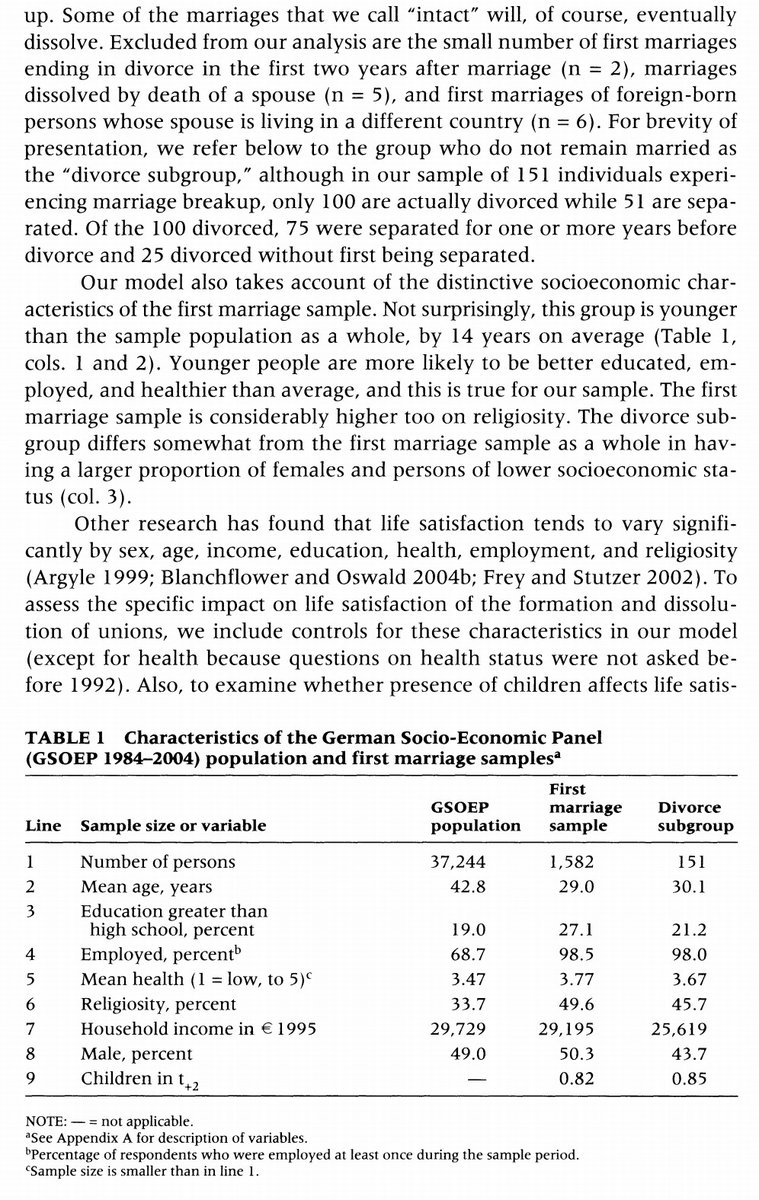1/ Quant Cycle (Blitz)
"Traditional business cycle indicators do not capture much of the cyclical variation in factor returns. Major turning points seem to be caused by changes in sentiment instead. We infer a Quant Cycle directly from factor returns."
papers.ssrn.com/sol3/papers.cf…
"Traditional business cycle indicators do not capture much of the cyclical variation in factor returns. Major turning points seem to be caused by changes in sentiment instead. We infer a Quant Cycle directly from factor returns."
papers.ssrn.com/sol3/papers.cf…

2/ "Altogether, the 1/N mix of factors has virtually the same return during expansions and recessions.
"The simple 1/N mix is again remarkably stable with respect to inflationary and non-inflationary periods, with practically the same return in both regimes."



"The simple 1/N mix is again remarkably stable with respect to inflationary and non-inflationary periods, with practically the same return in both regimes."




3/ "Factor returns appear to be solid regardless of the ISM business outlook.
"The investor sentiment index appears to be more effective. However, computing investor sentiment in real time is not easy, given the required inputs, and the resulting scores can be counterintuitive."


"The investor sentiment index appears to be more effective. However, computing investor sentiment in real time is not easy, given the required inputs, and the resulting scores can be counterintuitive."



4/ "We determine the quant cycle by qualitatively identifying peaks and troughs that correspond to bull and bear markets in factor returns. Our approach is part art and part science.
"We focus more on volatile factors, such as value & momentum, than on factors such as quality."

"We focus more on volatile factors, such as value & momentum, than on factors such as quality."


5/ "About once every ten years, the normal stage is interrupted by growth rallies or value crashes that last about two years, and which are in turn followed by reversals." 







6/ "Exhibit 13 shows the (unconditional) probability of transitioning from one stage to another over a 12-month period.
"Some show up with a zero estimated probability as they have not occurred over our sample period, but of course, this does not mean that they are impossible."

"Some show up with a zero estimated probability as they have not occurred over our sample period, but of course, this does not mean that they are impossible."


7/ "By going back further in time, in particular to the Great Depression, we can uncover more value crashes and bull reversals.
"The apparent regularity observed post-1963 and the transition probabilities estimated over that period may not be representative for the long run."


"The apparent regularity observed post-1963 and the transition probabilities estimated over that period may not be representative for the long run."



8/ "The performance of the alternative asset pricing factors over the quant cycle is consistent with their correlations with our base-case factors.
"Exhibit 17 gives a qualitative summary of our main findings."

"Exhibit 17 gives a qualitative summary of our main findings."


• • •
Missing some Tweet in this thread? You can try to
force a refresh




























